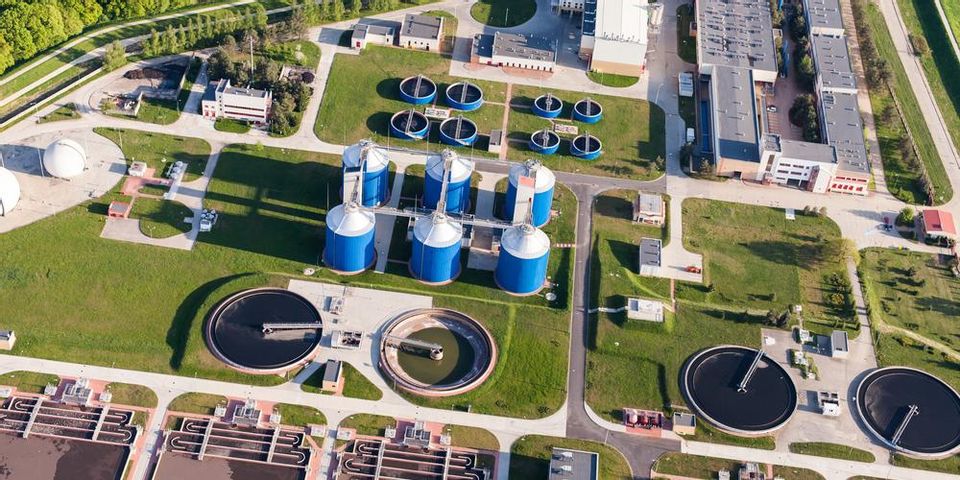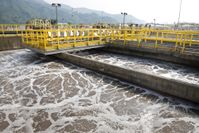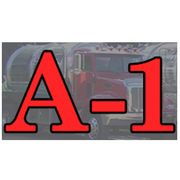Your Guide to the Sewage Treatment Process

After wastewater leaves your home, it’s transported by a sewer system to your local sewage treatment center. If you’ve ever wondered what happens after arriving at the plant, A-1 Septic Tank & Drain Service in Coldwater, MS, has created an overview of this process. With over five generations of experience in the sewer and septic cleaning industry, this local business understands the treatment process down to the last detail, so that they can better serve their clients.
How Sewage Treatment Works
1. Screening
 At the first stage of sewage treatment, large objects like diapers, napkins, and broken bottles are removed from the wastewater. These items could damage the equipment later in the process.
At the first stage of sewage treatment, large objects like diapers, napkins, and broken bottles are removed from the wastewater. These items could damage the equipment later in the process.
2. Primary Treatment
Next, solid matter is separated from liquids by the use of a large settlement tank. Over time, solids sink to the bottom, and debris floats to the top. These solids are referred to as “sludge,” which are scraped from the floor and diverted to different tanks for further treatment.
3. Secondary Treatment
Liquids are diverted into large rectangular tanks that utilize aeration lanes to pump air into the water. This encourages bacteria to break down any remaining sludge in the liquids.
4. Final Treatment
Lastly, treated water is sent into another set of settlement tanks to undergo another treatment stage. Remaining solids sink to the bottom and are further separated. Before being released into the local waterways, the water is filtered through a bed of sand to remove any remaining harmful particles.
This four-step sewage treatment process ensures that wastewater is stripped of all toxic substances so that it can be safely returned to local water systems. If you’re experiencing any problems with your septic tank or sewage system, call A-1 Septic Tank & Drain Service at (662) 895-8950 or visit them online for an overview of services.
About the Business
Have a question? Ask the experts!
Send your question

